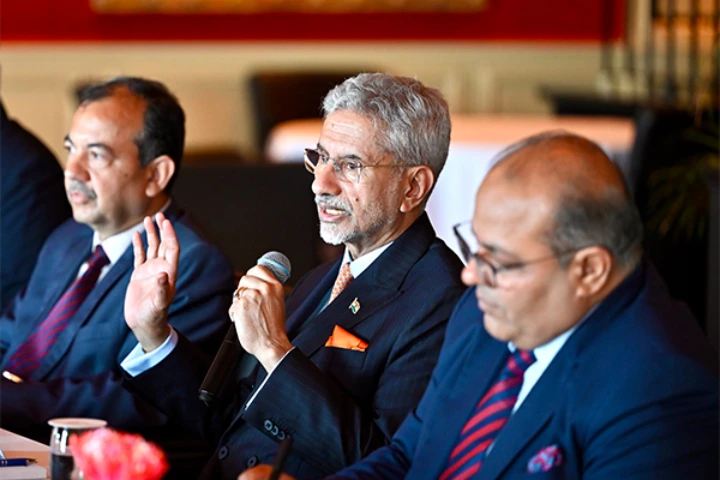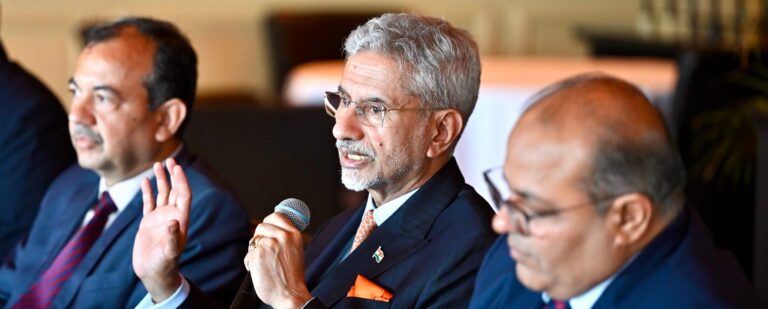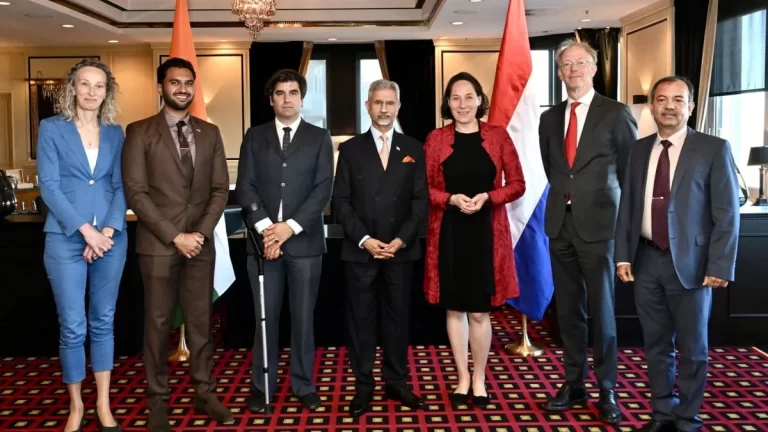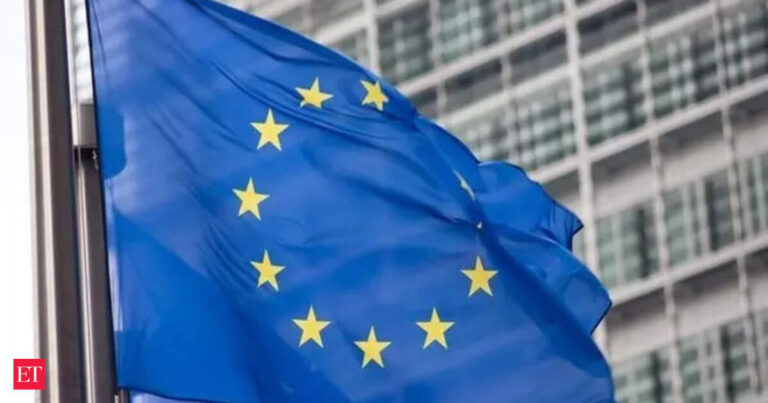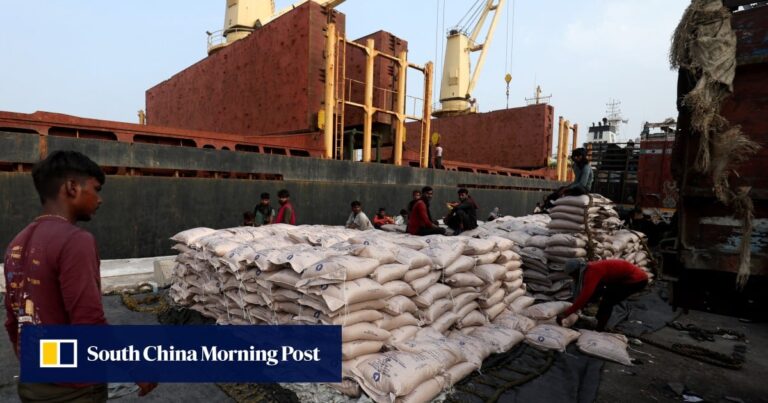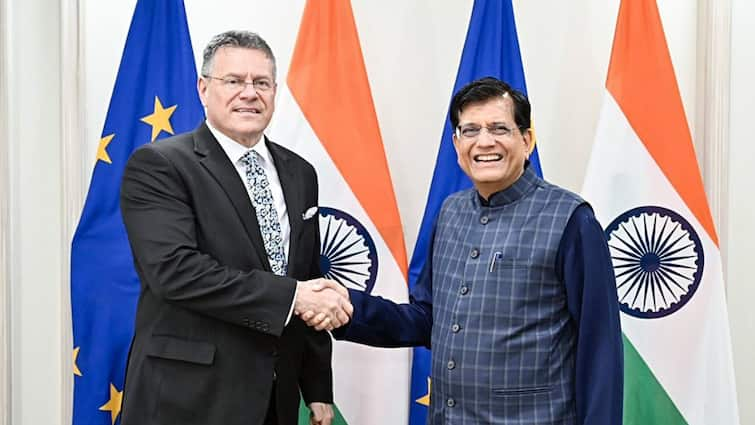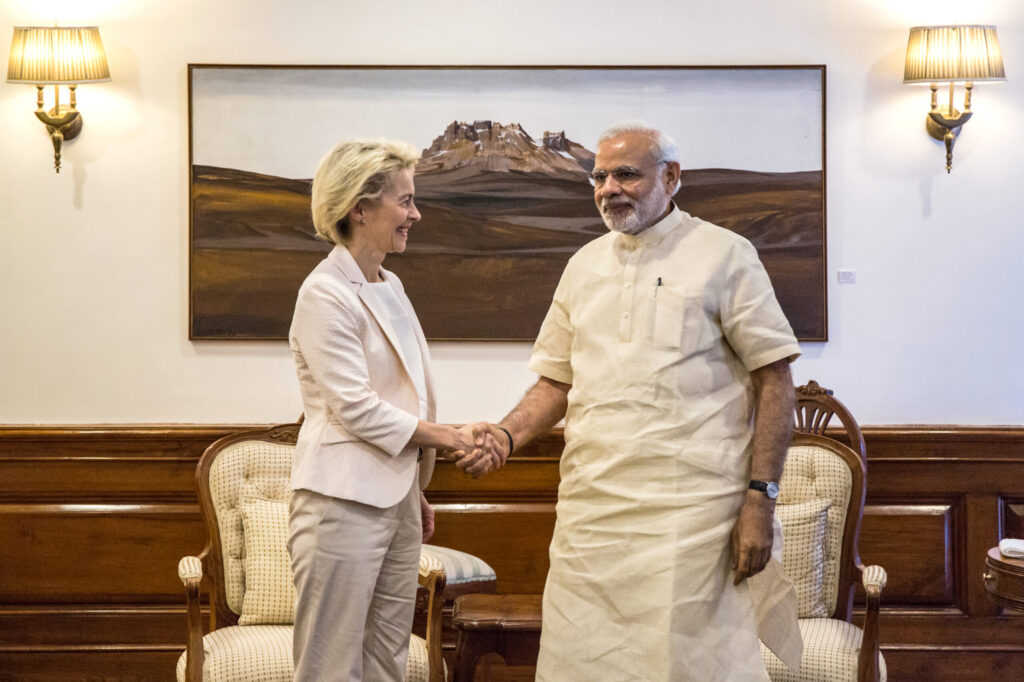
Ursula von der Leyen and the whole college of European commissioners are in New Delhi on Thursday 27 and Friday February 28, 2025 EU-India summit. While the meeting follows a well -established schedule, the circumstances in which it takes place are far from routine due to the upheavals caused by the first stages of the administration of Donald Trump on the international scene.
UE-India: a summit with a strong political and strategic dimension
If we had to summarize the nature of the relations between India and the European Union (EU) during the last quarter of a century in a single word, the “languor” would immediately come to mind, as indicated, reaffirmed, then the reaffirmed objectives have extended for years.
The first summit bringing together the leaders of India and the EU took place in Lisbon in 2000. In principle, these summits were to take place each year, alternating between Europe and India. In practice, there have been just over fifteen meetings of this type, sometimes separated by a year, sometimes two, and sometimes by an even longer gap – with or without publicly reasons. Initially, COVID-19 was cited as a reason for delays, but which did not prevent subsequent meetings from being held by videoconference. Shortly after his coming to power in 2014, Narendra Modi Snobé Brussels, irritated by criticism from the European Parliament on human rights issues in India.
More generally, Modi prefers bilateral relations with a few states carefully chosen during multilateral meetings. France, particularly favored by Modi India, has no reason to complain. Germany and Italy are also among its favorite partners.
In 2007, India and the EU launched negotiations to conclude a free trade agreement. The depth of disagreements quickly became apparent. In addition to the intrinsic difficulties of the negotiation itself, there was an obvious lack of political will on both sides, leading to the suspension of talks in 2013. However, negotiations resumed in 2022, with a renewed common interest of New Delhi and Brussels, despite the persistent obstacles. However, with the necessary political will, these challenges no longer seem insurmountable.
Meanwhile, while the EU became more and more concerned about the rise in power of China, it rediscovered India, a previously neglected partner – a feeling that India has done the same thing, partly for the same reasons. This explains why, in April 2021, after the example of France, the EU adopted an Indo-Pacific strategy. The previous year, in July 2021, India and the EU also concluded a strategic partnership entitled “India-UE Strategic Partnership: a roadmap until 2025”. In other words, as this document approaches its expiration, it is time to renew it and extend it.
This India-UE summit, therefore, therefore provokes a political and strategic dimension which goes far beyond the commercial discussions that have marked their contacts in the past 25 years.
Naturally, however, the international context, shaped by the inauguration of Donald Trump for his second mandate and the upheavals lit by his first decisions, is on the agenda of this meeting.
The persistent shadow of American prices
Admittedly, the visit of Narendra Modi in Washington on February 12 and 13 seemed to be fine, the two leaders displaying great cordiality towards each other. However, that did not prevent the American president from repeating, just after the departure of his guest, the same message he had declared before the visit: “Here is what we are going to do: reciprocity. Whatever you charge, I charge.”
Indian prices are among the highest in the world. Having greatly benefited from globalization, India must now navigate in an increasingly fragmented world.
War in Ukraine
After refusing to condemn the Russian invasion for three years while expressing its desire to welcome peace talks, India, like the rest of the world, is now witnessing Donald Trump’s trend to align with the rhetoric of Moscow.
An usual supporter of abstention from the United Nations, India abstained twice on February 24: once on the Ukrainian resolution and once on the American resolution (which was supported by Russia). More broadly, the accelerated rapprochement between Moscow and Washington raised concerns in New Delhi concerning the loss of its unique relationship with Russia.
Fragmentation of the international system
Indian diplomacy has been built on the principle of “non-alignment” since independence, also called “neutralism” or “third way” during the era of the bipolarization of the Cold War. Over the past decade, however, it has evolved into “multi-alignment”, a more pragmatic (or opportunistic) version of non-alignment, adapted to a multipolar world.
However, the current fragmentation of the international system, exacerbated by the unilateralism of American policy under Trump 2.0, threatens to undermine the law of carefully perfected balancing of India unless it recalibrates its multi-alignment strategy. This is one of the main reasons for India’s renewed interest in engaging with the European Union, despite its well -known defects – internal divisions, slow decision -making processes – while, on the Indian side, a single decision by Prime Minister Modi often suffices to define the course. At the same time, in this complex geopolitical equation where India seeks to position itself with several intersections, its clear efforts to strengthen links with China since the end of 2024 are particularly remarkable.
The European Union, whose most hesitant members have just realized that the transatlantic link is about to break and that the American alliance is no longer guaranteed, must now strengthen its other partnerships. Mutatis Mutandis, a similar reflection is underway in New Delhi, even if India, in principle, rejects the concept of formal alliances. A reliable partnership is preferable to a dubious alliance.
In the end, two medium -sized geopolitical powers, compared to the weight of Moscow, Beijing and Washington, can exert a greater global influence thanks to coordinated initiatives than they would do separately. It is at least the bet that the Indians and the Europeans do.
